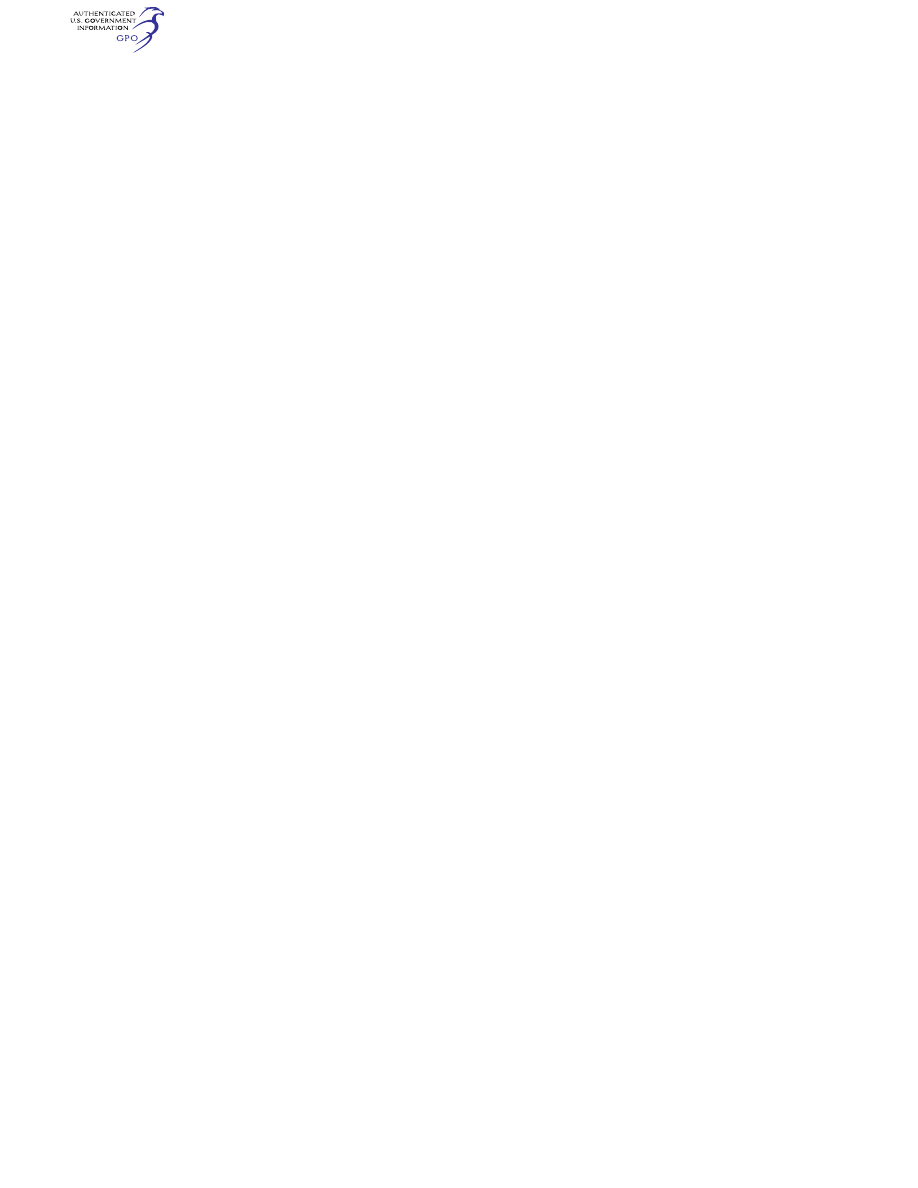
223
Federal Aviation Administration, DOT
§ 121.583
(c) For any airplane type certificated
before December 20, 1995, for not more
than 30 passengers that does not have
an observer seat on the flightdeck, the
certificate holder must provide a for-
ward passenger seat with headset or
speaker for occupancy by the Adminis-
trator while conducting en route in-
spections.
[Doc. No. 6258, 29 FR 19219, Dec. 31, 1964, as
amended by Amdt. 121–144, 43 FR 22648, May
25, 1978; Amdt. 121–251, 60 FR 65935, Dec. 20,
1995; Amdt. 121–288, 67 FR 2128, Jan. 15, 2002]
§ 121.582 Means to discreetly notify a
flightcrew.
Except for all-cargo operations as de-
fined in § 110.2 of this chapter, after Oc-
tober 15, 2007, for all passenger car-
rying airplanes that require a lockable
flightdeck door in accordance with
§ 121.313(f), the certificate holder must
have an approved means by which the
cabin crew can discreetly notify the
flightcrew in the event of suspicious
activity or security breaches in the
cabin.
[Doc. No. FAA–2005–22449, 72 FR 45635, Aug.
15, 2007, as amended by Amdt. 121–353, 76 FR
7488, Feb. 10, 2011]
§ 121.583 Carriage of persons without
compliance with the passenger-car-
rying requirements of this part.
(a) When authorized by the certifi-
cate holder, the following persons, but
no others, may be carried aboard an
airplane without complying with the
passenger-carrying airplane require-
ments in §§ 121.309(f), 121.310, 121.391,
121.571, and 121.587; the passenger-car-
rying operation requirements in part
117 and §§ 121.157(c) and 121.291; the re-
quirements pertaining to passengers in
§§ 121.285, 121.313(f), 121.317, 121.547, and
121.573; and the information disclosure
requirements in § 121.311(k):
(1) A crewmember.
(2) A company employee.
(3) An FAA air carrier inspector, a
DOD commercial air carrier evaluator,
or an authorized representative of the
National Transportation Safety Board,
who is performing official duties.
(4) A person necessary for—
(i) The safety of the flight;
(ii) The safe handling of animals;
(iii) The safe handling of hazardous
materials whose carriage is governed
by regulations in 49 CFR part 175;
(iv) The security of valuable or con-
fidential cargo;
(v) The preservation of fragile or per-
ishable cargo;
(vi) Experiments on, or testing of,
cargo containers or cargo handling de-
vices;
(vii) The operation of special equip-
ment for loading or unloading cargo;
and
(viii) The loading or unloading of
outsize cargo.
(5) A person described in paragraph
(a)(4) of this section, when traveling to
or from his assignment.
(6) A person performing duty as an
honor guard accompanying a shipment
made by or under the authority of the
United States.
(7) A military courier, military route
supervisor, military cargo contract co-
ordinator, or a flight crewmember of
another military cargo contract air
carrier or commercial operator, carried
by a military cargo contract air carrier
or commercial operator in operations
under a military cargo contract, if that
carriage is specifically authorized by
the appropriate armed forces.
(8) A dependent of an employee of the
certificate holder when traveling with
the employee on company business to
or from outlying stations not served by
adequate regular passenger flights.
(b) No certificate holder may operate
an airplane carrying a person covered
by paragraph (a) of this section un-
less—
(1) Each person has unobstructed ac-
cess from his seat to the pilot compart-
ment or to a regular or emergency exit;
(2) The pilot in command has a
means of notifying each person when
smoking is prohibited and when safety
belts must be fastened; and
(3) The airplane has an approved seat
with an approved safety belt for each
person. The seat must be located so
that the occupant is not in any posi-
tion to interfere with the flight crew-
members performing their duties.
(c) Before each takeoff, each certifi-
cate holder operating an airplane car-
rying persons covered by paragraph (a)
of this section shall ensure that all